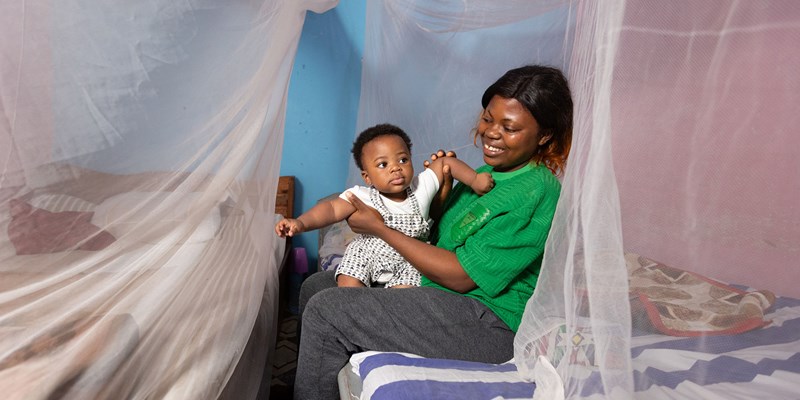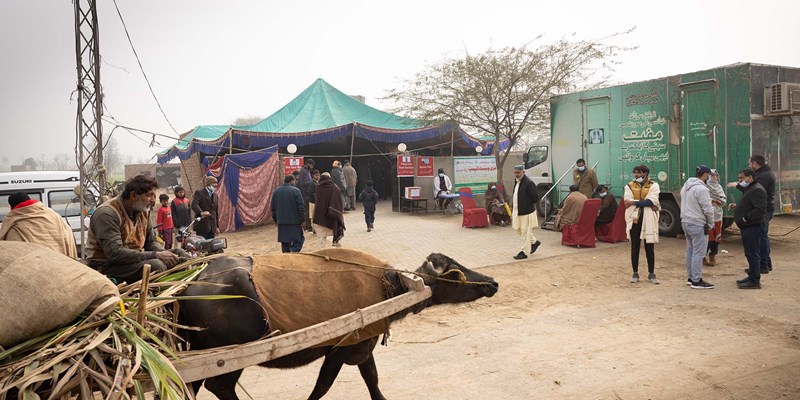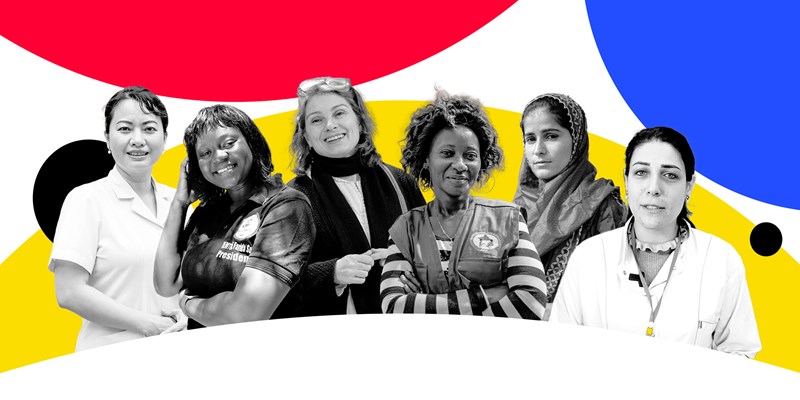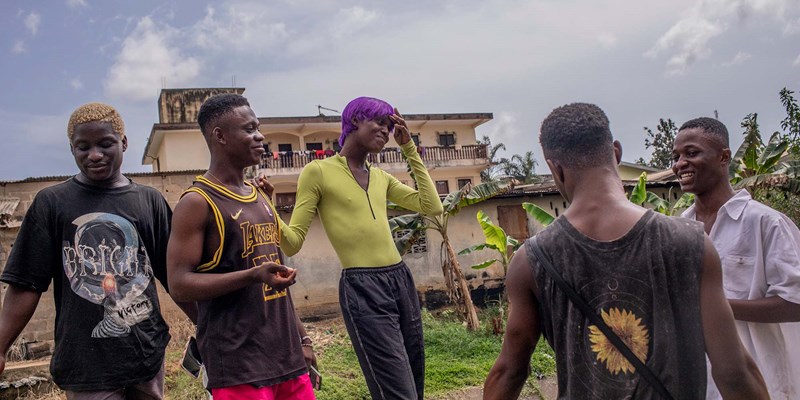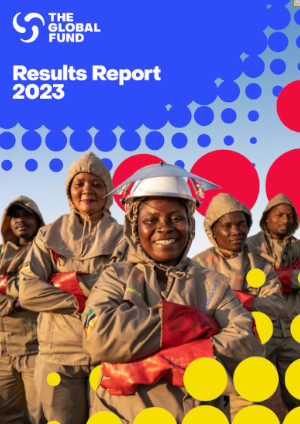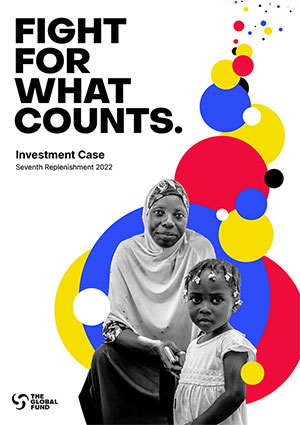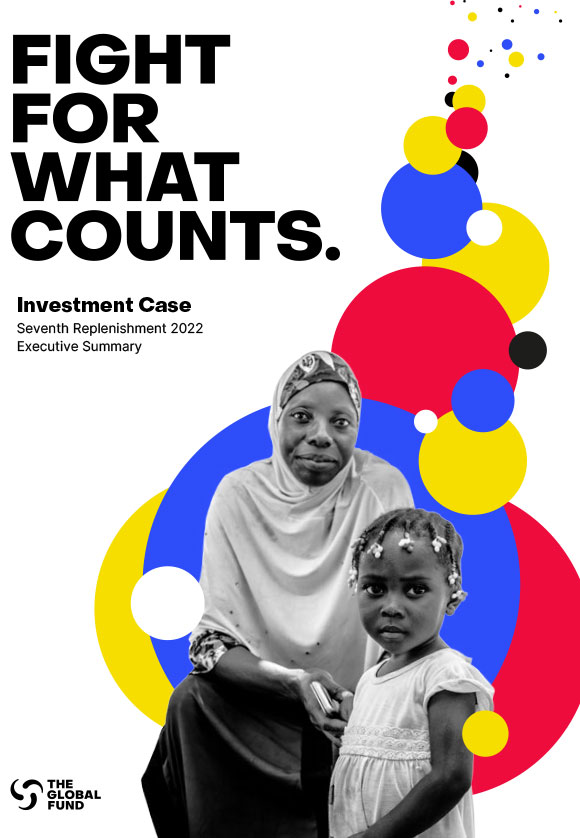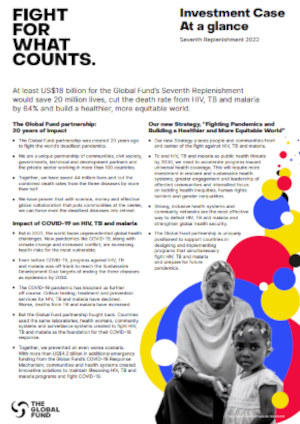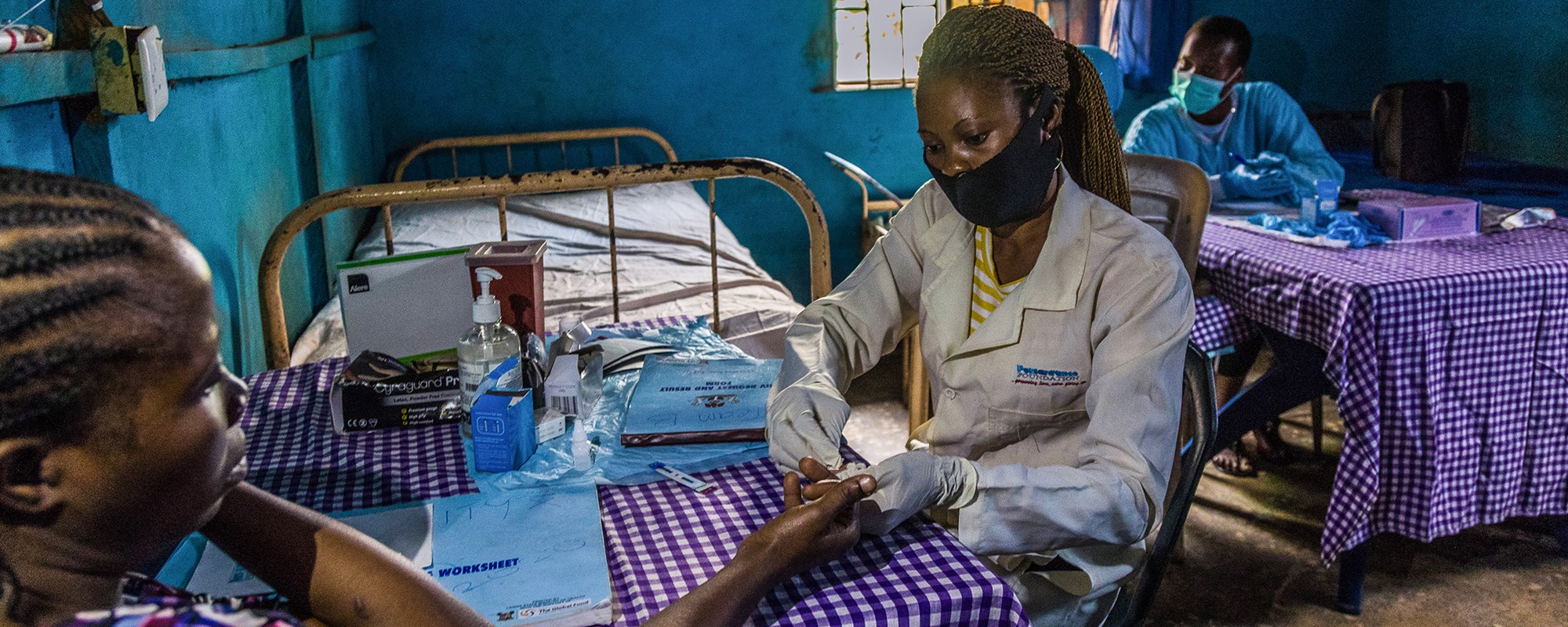

The Next Chapter of Our Fight Against HIV
Pandemics exacerbate and thrive on inequity. They find the fissures in our societies and deepen them. As a result, the poorest and most marginalized always suffer the most.
We have seen this with HIV and are seeing it again with COVID-19. Rich countries are starting booster vaccination campaigns while most people in poor countries go without even a first dose. But as we mark World AIDS Day, we must also acknowledge that inequities exist within countries as much as between countries.
Since the first cases of AIDS were reported 40 years ago, the world has made huge progress in the fight against HIV. In countries where the Global Fund invests, AIDS-related deaths have dropped by 65% since we were founded 20 years ago. Globally, more than 27.5 million HIV-positive people are on lifesaving antiretroviral therapy (ARVs).
Yet in many countries, persistent inequities have proved a formidable barrier to accelerating progress against the virus. In such countries, new HIV infections are concentrated amongst those made vulnerable by human rights or gender-related inequities. People in communities that are stigmatized or criminalized, and thus cannot access essential services to protect them from HIV, can be up to 25 to 35 times more likely to acquire HIV infection than the general population. In sub-Saharan Africa, adolescent girls and young women face an array of gender-related barriers that predispose them to HIV: six in seven new HIV infections among adolescents aged 15 to 19 years in the region occur among girls.
COVID-19 has exposed the most vulnerable and marginalized communities to even greater risks, as lockdowns and restrictions to curb the new pandemic hindered access to lifesaving HIV treatment, tests, care and prevention services.
In the fight against HIV, we now face a new reality: we were off track even before the pandemic, and COVID-19 has pushed us further off track; and what got us this far will take us no further.
To accelerate progress – and reach the even more ambitious global HIV targets for 2025 – we will need to invest more and invest more smartly. We must be even more precise and differentiated in devising and delivering prevention and treatment approaches for communities most at risk. Achieving this entails empowering communities themselves to play an even greater role in designing and implementing interventions.
For prevention, we are advancing the concept of “Precision HIV Prevention” to ensure we get maximum impact from the scarce resources that are available. That means we’re supporting countries to focus efforts on locations where HIV is most prevalent and on people with the greatest HIV prevention needs so they have the tools, knowledge and power to protect themselves. For treatment, we are supporting innovative and cost-effective models of drug and care delivery that make services more accessible, which is critical for getting people on ARVs early and improving retention and viral suppression. Such practices include multimonth dispensing of ARVs – now recognized as a best practice for increasing adherence to treatment.
We also need to be even more determined in tackling the human rights and gender-related barriers that prevent the people most at risk from accessing the services they need. Key and vulnerable populations, including adolescent girls and young women, gay men and other men who have sex with men, people who use drugs and transgender people, face a daunting array of barriers arising from stigma, discrimination and criminalization. Unless we address these through a rights-based approach, we will not defeat HIV.
These imperatives are central to the Global Fund’s new strategy, approved by our Board last month. Putting people and communities at the center, this strategy puts even greater emphasis on equity, human rights and gender equality, and on reinforcing the role and voice for communities living with and affected by HIV.
The strategy also commits the Global Fund to investing in people-centered, integrated systems for health, including community systems. Without diluting our focus on saving lives and reducing infections, we will be more deliberate in leveraging the synergies between the fight against HIV and interventions to combat other pathogens, so as to serve people better and improve the resilience and sustainability of our interventions.
For example, in many countries we already invest in integrated programs for HIV and tuberculosis, but now there is a need to manage the interaction with COVID-19 as well. High throughput molecular diagnostic instruments installed for viral load testing are now being utilized for COVID-19 testing; testing people for both HIV and COVID-19 fights both pandemics at once. People living with HIV who are not virally suppressed are more likely to be severely affected by COVID-19, so it is all the more important to provide them with ARVs and protect them from the new virus.
Again and again, we have seen the poorest and most marginalized suffer the most from the most dangerous infectious diseases. We must take an approach that recognizes this cruel reality. HIV was the last big pandemic to strike humanity, and while we have made great progress, we have not yet defeated it. COVID-19 poses another huge challenge, particularly to communities most at risk from HIV. We must fight both pandemics, and beat both, and do so in a way that tackles the inequities they exploit and deepen.
This op-ed was originally published by Health Policy Watch.
